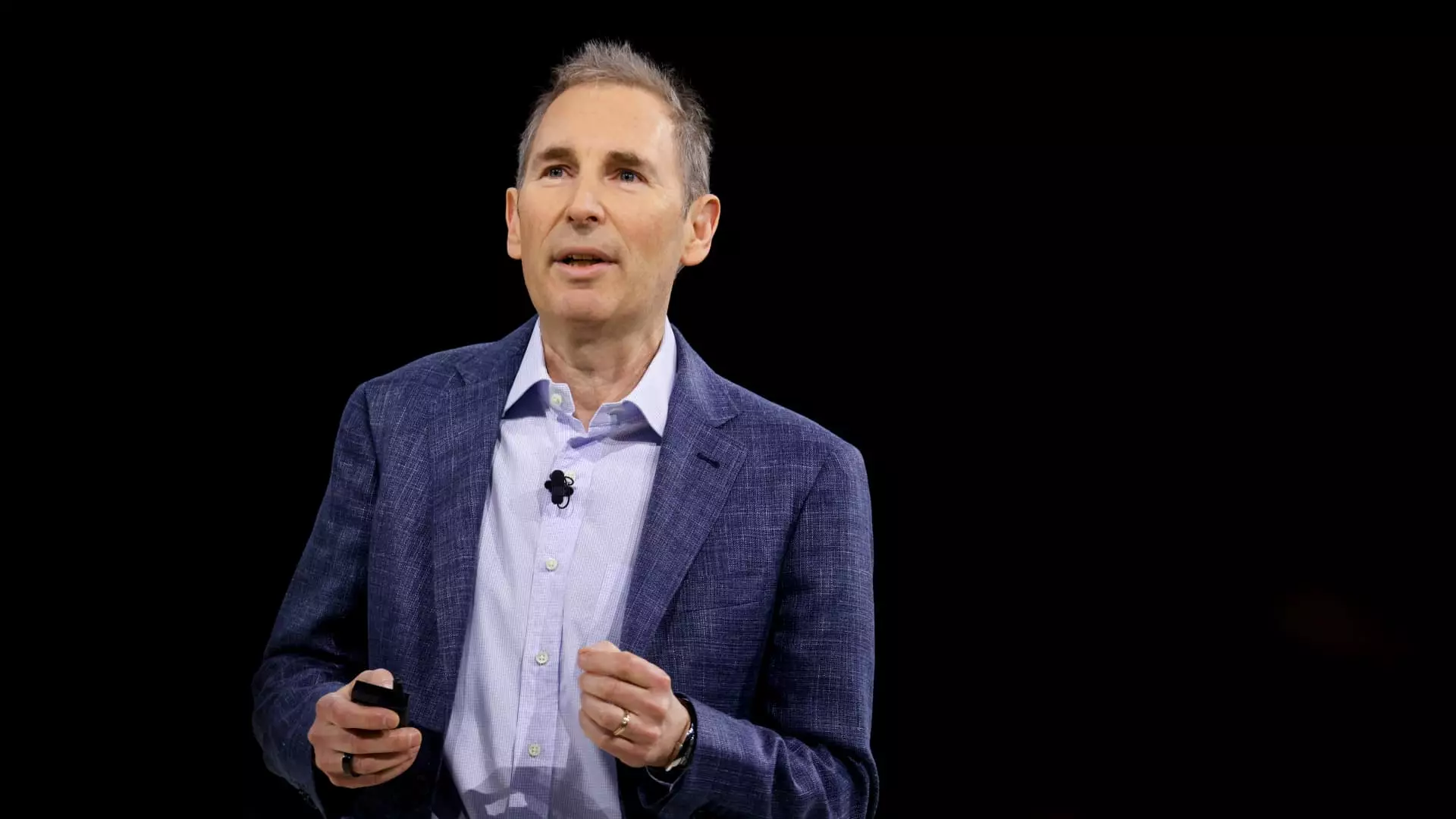The rapid advancement of generative artificial intelligence (AI) is reshaping the very fabric of how companies like Amazon operate. Andy Jassy, Amazon’s CEO, recently acknowledged a significant shift: as AI technologies become more capable, they will inevitably replace certain job functions traditionally handled by humans. This isn’t surprise—automation has historically displaced some types of work—but the speed and scope of AI adoption today suggest a more profound transformation. Jassy’s frank admission signals a pragmatic acceptance of disruption, rather than resistance or denial. However, recognizing this shift does not mean wholesale job losses; instead, Jassy emphasizes a reorientation toward new roles that emerge alongside AI integration.
The Double-Edged Sword of Efficiency Gains
Jassy’s comments reveal a critical tension at the heart of AI’s impact—while AI will streamline and automate routine tasks, significantly reducing the need for some job categories, it simultaneously creates space for innovation and higher-value work. Amazon’s corporate headcount is projected to shrink as the company deploys AI agents to enhance productivity, but the strategic focus on developing AI and robotics expertise means recruiting surges in those fields. This reflects a wider industry trend: companies are not abandoning employees wholesale but shifting the workforce composition toward skills that complement AI rather than compete with it. The complexity lies in successfully managing this transition to ensure displaced workers are retrained or redeployed, which is both a logistical and ethical challenge.
Industry-Wide Adoption and Competitive Pressures
Amazon’s strategy is neither isolated nor unique. Salesforce’s CEO Marc Benioff recently claimed AI efforts now account for 30-50% of his company’s work output, signaling a transformative reallocation of tasks. Meanwhile, firms like Shopify, Microsoft, and Klarna have likewise incentivized or relied on AI to boost efficiency, sometimes resulting in notable workforce reductions—Klarna, for instance, reduced staff by 40% partly through AI adoption. This collective momentum underscores how AI is becoming a competitive necessity rather than a luxury. Companies resisting this tide risk lagging behind in productivity and innovation.
Beyond Job Loss: Elevating Workplace Value and Creativity
The discourse around AI often gravitates toward fear of unemployment, but Jassy offers a more optimistic perspective that bears consideration. By relieving employees from monotonous “rote work,” AI can make daily tasks more engaging and intellectually stimulating. This echoes a broader philosophical viewpoint: automation should not be about replacing humans but augmenting their capabilities so that they can tackle more creative, impactful challenges. The potential for AI to accelerate invention, foster better customer experiences, and unlock new services could invigorate the workforce rather than diminish it—provided companies manage this shift with foresight and care.
Market Realities and the Road Ahead
Despite these transformative changes, Amazon’s stock performance has been relatively muted compared to peers like Meta, Microsoft, and Nvidia, which suggests market skepticism or uncertainty about the near-term ROI of this AI transformation. Amazon’s recent layoffs—27,000-plus since 2022, mostly in retail and devices—reflect the difficult balancing act between cost containment and strategic investment in AI. The company’s journey represents a microcosm of a broader economic evolution where AI is not simply a tool but a disruptive force demanding a fundamental rethinking of labor, corporate structures, and competitive strategy in the tech era.

